Location
Taking advantage of the area's convenient transport links, the city is taking on the challenge of developing a tourist town that attracts visitors from a wide area
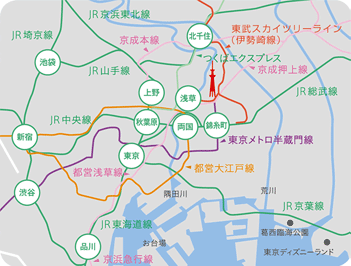
The Rising East project was launched in the Oshiage Narihirabashi district of Sumida Ward, which is within 5km of Tokyo Station.
It is located at a transportation hub where four railway lines intersect: the Tobu Skytree Line (Isesaki Line), the Keisei Oshiage Line, the Tokyo Metro Hanzomon Line, and the Toei Asakusa Line, and is on the route connecting Narita Airport and Haneda Airport.
Additionally, major roads have been developed in the surrounding area as a result of land readjustment following the earthquake and war damage reconstruction, and together with the concentration of multiple Metropolitan Expressway interchanges, the area can attract visitors from a wide area.
Taking on the challenge of creating a unique tourist town that makes use of local culture rooted in history
The area around the planned site is home to numerous historical tourist attractions that continue to preserve the unique local culture of areas such as Asakusa, Ryogoku, and Mukojima.
Additionally, the surrounding area is blessed with abundant waterfront spaces, including the Sumida River and the Kitajukkan River which flows at the base of the construction site, and there are plans to revive waterway transportation there.
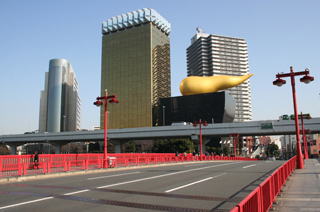
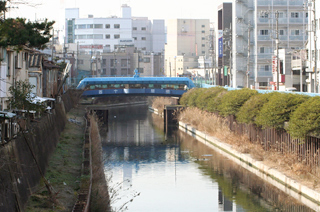
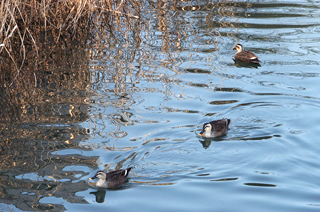
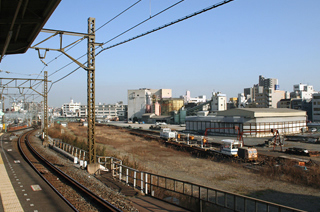
Area map and attractions
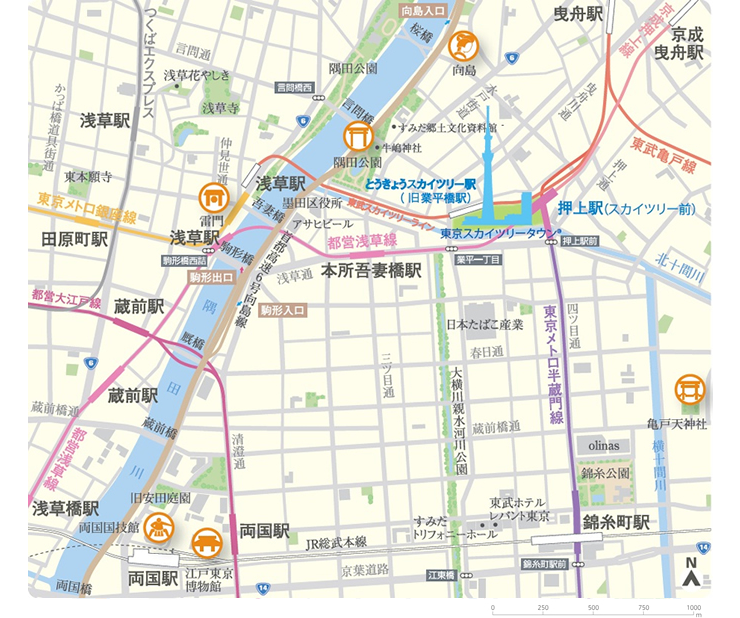
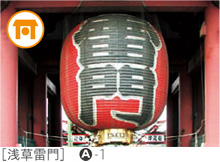
This is the main gate of Kinryu-san Sensoji Temple, and is synonymous with Asakusa. Kaminarimon has the god of wind on the right and the god of thunder on the left. The Nakamise shopping street that follows is lined with souvenirs that exude a Japanese atmosphere.
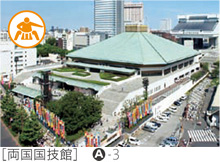
This is a facility for holding sumo wrestling, and even when there are no tournaments taking place, you can enjoy a tour of the building and the on-site shops. Ryogoku has many sumo-related establishments, such as sumo stables and chanko nabe restaurants, and you may see sumo wrestlers as you walk around the town.
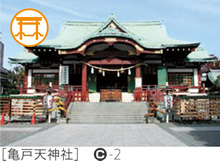
Kameido Tenmangu Shrine, commonly known as Kameido Tenjin, enshrines Sugawara no Michizane and is beloved as the god of learning. In the past, it was called Higashi-Zaifu Tenmangu Shrine, as it was the eastern zaifu, in contrast to Dazaifu Tenmangu Shrine, the main shrine. In spring, it is famous as a famous wisteria viewing spot.

The area is home to temples and shrines such as "Minomiya Shrine", "Kofukuji Temple", and "Chomeiji Temple", and is lined with traditional Japanese restaurants, giving it a strong Edo feel. The riverbank around "Sakurabashi" is lined with cherry trees, which are affectionately known as "Bokutei no Sakura".

This museum collects, preserves, and exhibits materials related to the disappearing history and culture of Edo-Tokyo.